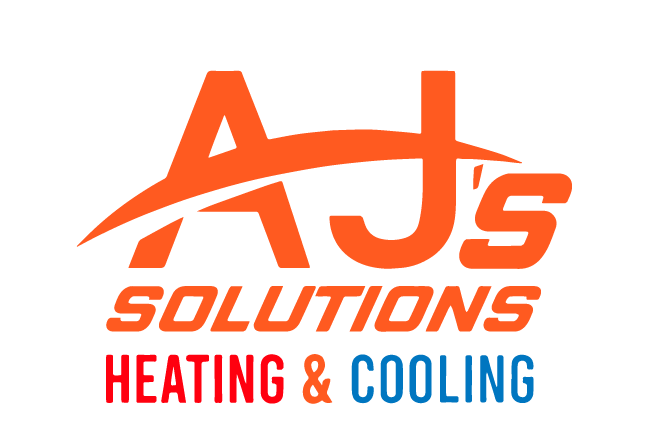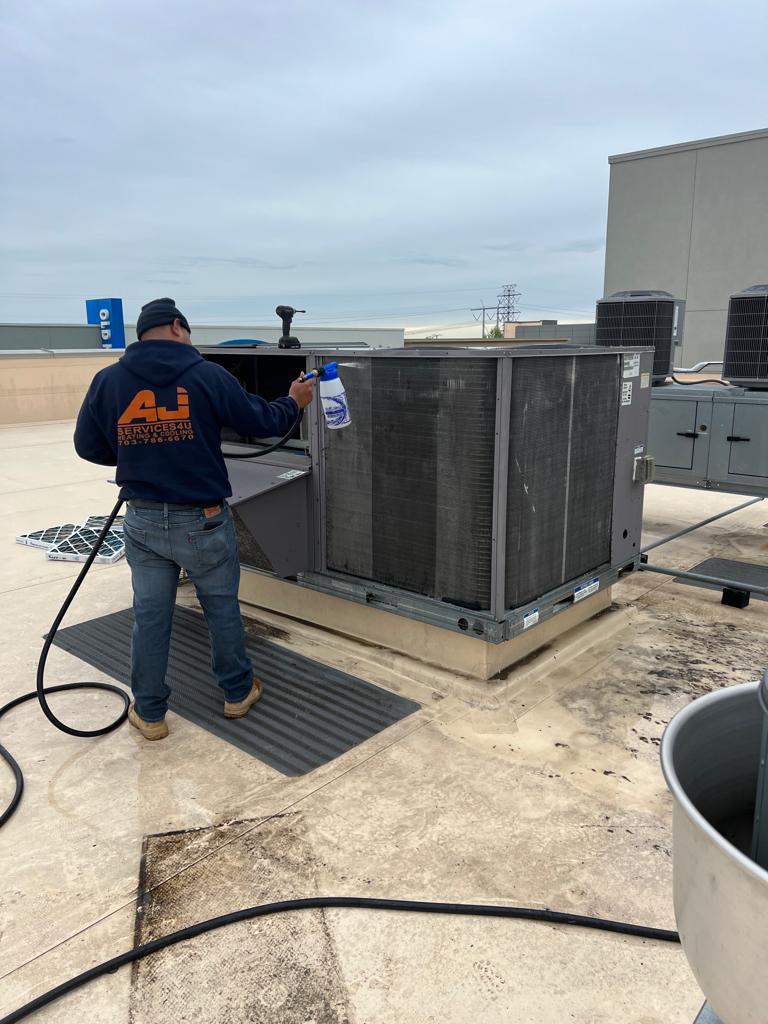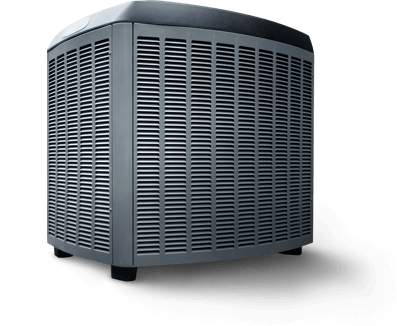From traditional split systems to innovative ductless mini-splits and convenient packaged units, each type has its own set of advantages and considerations. In this guide, we’ll break down the different types of HVAC systems to help you navigate the choices and find the one that’s right for your needs.
Split Systems:
Overview: Split systems are the most common type of HVAC system, consisting of both indoor and outdoor units.
Pros:
- Energy efficient: Split systems often come with high SEER (Seasonal Energy Efficiency Ratio) ratings, helping to reduce energy costs.
- Customizable: They offer flexibility in zoning, allowing different areas of the home to be heated or cooled independently.
Cons:
- Requires ductwork: Installation may be more complex and costly if ductwork is not already in place.
- Space requirements: Outdoor condenser units require adequate space for installation.
Ductless Mini-Split Systems:
Overview: Ductless mini-split systems consist of one or more indoor units connected to an outdoor compressor unit, without the need for ductwork.
Pros:
- Easy installation: Ductless systems are simpler to install and can be a cost-effective solution for homes without existing ductwork.
- Zoning capabilities: Like split systems, ductless mini-splits offer zoning options for personalized comfort.
Cons:
- Upfront cost: Initial investment may be higher compared to traditional systems, although energy savings over time can offset this expense.
- Aesthetics: Indoor units may be visible and may not appeal to all homeowners.
Packaged Systems:
Overview: Packaged systems contain all components (heating and cooling) in a single outdoor unit, often installed on the roof or beside the home.
Pros:
- Space-saving: Packaged systems are ideal for homes with limited indoor space, as they do not require separate indoor and outdoor units.
- Efficient operation: With all components housed together, packaged systems can be more efficient and easier to maintain.
Cons:
- Limited customization: Zoning options may be limited compared to split systems and ductless mini-splits.
- Installation challenges: Roof-mounted installations may require additional structural considerations and maintenance access.
Choosing the right HVAC system is a significant decision that can impact your comfort, energy bills, and overall satisfaction with your home. By understanding the differences between split systems, ductless mini-splits, and packaged systems, you can make an informed choice that meets your needs and preferences. Whether you prioritize energy efficiency, space-saving design, or zoning capabilities, there’s an HVAC solution out there for you. If you need further assistance or guidance in selecting the perfect system for your home, don’t hesitate to consult with HVAC professionals like AJ Solutions. With their expertise and personalized service, you can enjoy optimal comfort and efficiency in your home for years to come.


